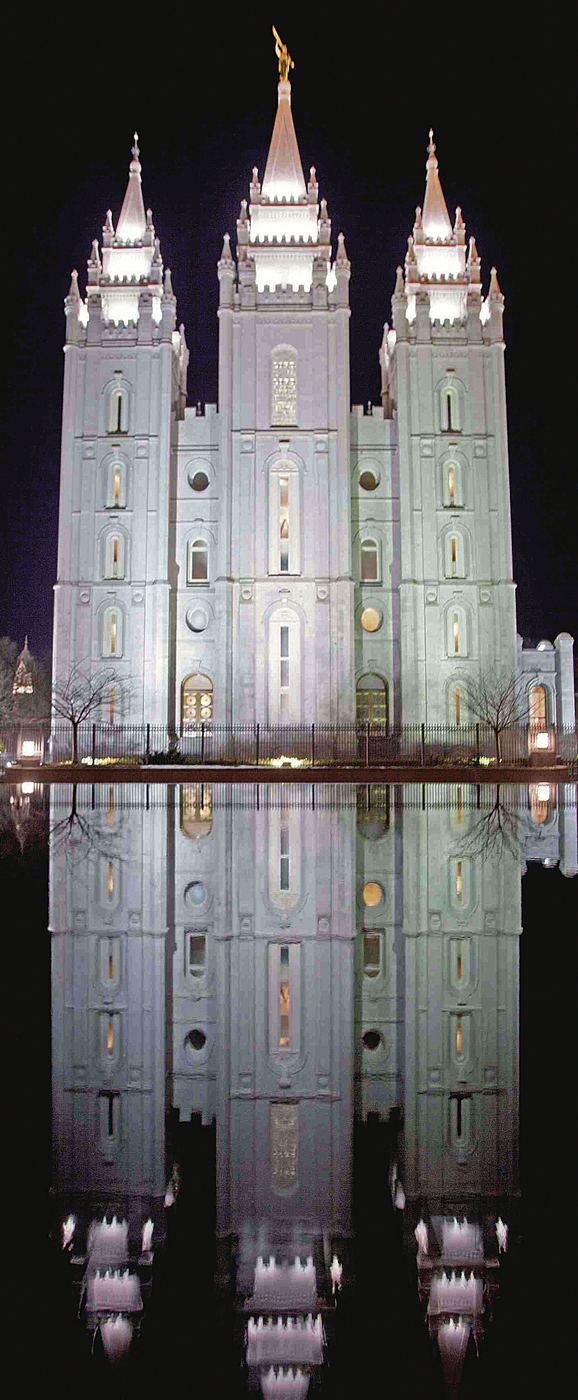by Mark Pattison

WASHINGTON (CNS) – With Mitt Romney at the top of the Republican Party presidential ticket and Rep. Paul Ryan as his running mate, the Republicans for the first time do not have a Protestant on the ticket.
Ryan, the vice presidential candidate, is Catholic. GOP presidential hopeful Romney is a member of the Church of Jesus Christ of Latter-day Saints, and as the Catholic News Service Stylebook on Religion notes, “It is not a Protestant church.”
“Protestant” is the proper term for the new churches of Western Christianity formed during the Reformation, for the branches of those churches and for their members. The main branches of Protestantism include Baptist, Congregational, Lutheran, Methodist, Quaker, Presbyterian and Reformed denominations.
Some significant differences in belief and practice between Mormonism and Protestantism come into play.
“Well, it probably would refer mainly to the teachings on baptism,” said Bishop John C. Wester of Salt Lake City, which is home to the Church of Jesus Christ of Latter-day Saints, often referred to as “LDS.”
“In 2001, the Vatican conclusively determined that we do not accept LDS baptisms, and the LDS Church does not accept Catholic baptisms, so there’s no surprise in that,” the bishop said.
In explaining its decision, the Vatican said that even though the Mormon baptismal rite refers to the Father, Son and Holy Spirit, the church’s beliefs about the identity of the three persons are so different from Catholic and mainline Christian belief that the rite cannot be regarded as a Christian baptism.
Catholics and other Christians believe that God, Jesus and the Holy Spirit are three persons of a triune God, while Latter-day Saints believe them to be separate and distinct persons.
Another point that distinguishes them from Catholics and Protestants is their church’s Book of Mormon, four books that are appended to their religion’s Bible. The books are considered “extracanonical” by Christians and are not included in Catholic or Protestant Bibles.
“Most evangelicals and Catholics consider Mormons to be only Christian in name, and of course the main distinction there has to do with authority,” said Carl Raschke, a religious studies professor at the University of Denver. “It comes down to the Book of Mormon.” Those books were written by a 19th-century frontiersman named Joseph Smith, considered the originator of the church.
“He claimed to have a special revelation that supplements the biblical canon that would show the destiny of the new people he was called to lead in America that other Christians don’t consider to be valid, let alone authoritative,” Raschke told Catholic News Service.
And controversy over the church’s posthumous rebaptism of the dead – even the deceased of other faiths, and at times with no body present – may make it easier to see why Catholicism and other Christian faiths do not recognize Mormonism as they might each other.
Latter-day Saints are not active in any official ecumenical dialogue, even at their headquarters in Salt Lake City, Utah.
“Not officially, no. We don’t participate in anything,” said Msgr. Joseph Mayo, chairman of the Salt Lake City Diocese’s ecumenical commission. “There was a group that came together, the Interfaith Network” as a part of the 2002 Winter Olympics held in Salt Lake City, Msgr. Mayo said. The network was a collection of Olympic chaplains who “continued to meet after the Olympics,” he said. “It’s not so much a dialogue as it is a coming together.”
Bishop Wester concurred. “There’s no ecumenical interfaith dialogue by that score.” But on the other hand, he said, “we do a lot of compassionate work together. For example, they support a lot of our Catholic community service programs, they support them monetarily, and we work together in responding to various needs. They’re big supporters of CRS (Catholic Relief Services).”
Worked with Catholics on Prop 8
Catholics and Latter-day Saints worked together on California’s voter-approved Proposition 8, barring same-sex marriage. The constitutionality of Proposition 8 has been tangled up in the courts almost since it passed.
Even though Latter-day Saints number only 6.2 million in the United States and 14.4 million worldwide, they make up the majority of Utah’s population.
“I think for the Catholics, being in the minority in Utah is something that makes the Catholics more energetic about their faith,” Bishop Wester said. “There’s no accidental Catholic in Utah. You want to be, you love being, a Catholic. Human nature being what it is, we would gravitate toward the majority religion … if we had no strong ties.”
The University of Denver’s Raschke noted that Mormonism has grown more mainstream.
One case in point: During the 1976 Democratic presidential primaries, Detroit Mayor Coleman Young, an ardent supporter of eventual winner Jimmy Carter, accused one of Carter’s opponents – Morris Udall, a Mormon and then a representative from Arizona – of racism because the church did not allow blacks to serve in the priesthood.
The backlash by white Democrats against the black Young very nearly pushed Udall over the top in Michigan. But two years after the primary, in 1978, the church’s policy on African-Americans was changed.
Members of the church realized the doctrine had been based on Joseph Smith’s own prejudices and was “not a case of ‘we have to hold on to it,’” Raschke said.
“Mormonism has been mainstream for quite some time. It’s operating and acting like many of the mainstream Protestant and Catholic organizations,” he added. “The more followers it has, the less weird it becomes in the eyes of people.”
